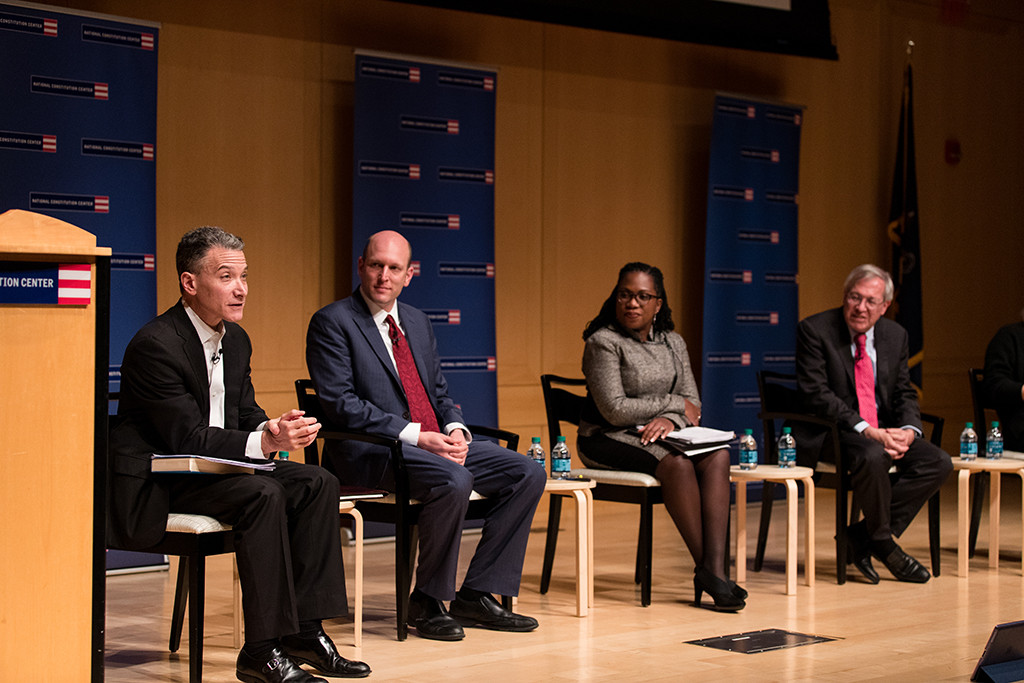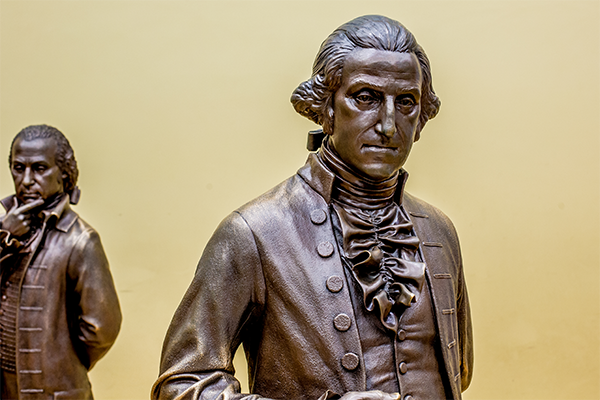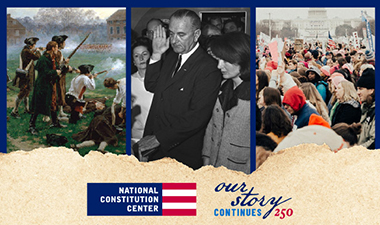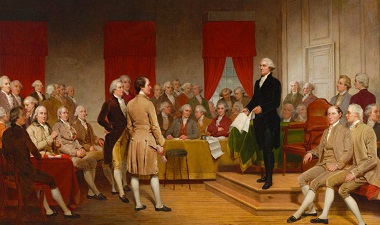At the National Constitution Center, we value civil dialogue, which empowers students to speak about constitutional and historical topics in ways that remain civil, respectful, and reflective. As you prepare to discuss these topics in your classroom, we encourage you to establish norms such as:
- Stay calm
- Listen patiently
- Listen actively
- Don’t speak twice until everybody has spoken once
You can find more support for establishing norms and civil dialogue practices in our Civil Dialogue Toolkit.
On April 1, 2025, Senator Cory Booker of New Jersey set a record for making the longest speaking appearance on the Senate floor. But Booker’s effort did not likely qualify as a “filibuster,” one of the chamber’s unique traditions of attempting to block or delay a vote by not allowing debate on it to end.
Media Asset
In these Constitution Daily blog posts, we explore the context behind Senator Booker’s speech, examine what qualifies as a filibuster, and consider the rules that govern when and how they can take place.
- Senator Booker’s Filibuster: “Was Cory Booker’s Speech a Filibuster?,” Constitution Daily (April 2, 2025)
- The History of the Filibuster: “The Previous Question: The Filibuster’s Early Murky History,” Constitution Daily (Dec. 7, 2022)
Discussion Questions for Students
- What similarities and/or differences are there between the “previous question” motion and the filibuster according to the text?
- How does understanding the “early murky history” of the filibuster impact your grasp on its functions in Senate debate today?
- Was Senator Booker’s 25+ hour speech a “true filibuster or instead...just a long speaking appearance”? Use definitions from the blog post to support your argument.
- From the founding to today, what role have Senate rules and tradition played in the Senate voting process?
Optional Student Activity for Deeper Exploration
- Do a deep dive into some iconic filibuster moments, then put together a “lookbook” of the filibuster experience. Add captions of what they shared and how long they held the floor.
- Imagine that you are trying to stall a bill. Pick a filibuster “dream team” of historical figures. Who would they be and why did you choose them?
- Think about the reasons why someone in Congress might use a filibuster. Create a comic strip of what would happen if filibusters weren’t allowed.
- Record a “behind the scenes” video from the POV of a senator in the middle of a filibuster. What are they thinking and feeling as they stand for hours?
Dig Deeper on This Content With Additional Resources
Historical Foundations of the Filibuster
- What is the filibuster? (Khan Academy Constitution 101 student video)
- “Is Aaron Burr really the father of the filibuster?” Constitution Daily (April 5, 2023)
Develop Constitutional Thinking Skills with Current Events
- “The history and the constitutionality of the filibuster,” We the People podcast (April 6, 2017)
- “Congress, the Constitution, and the Filibuster,” We the People podcast (Jan. 27, 2022)







